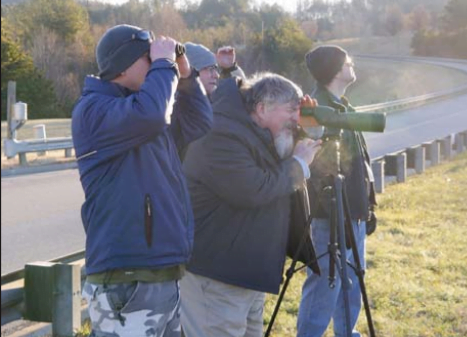
By BEN R. WILLIAMS
With a total of 53 different species observed, the Virginia Museum of Natural History’s Christmas bird count was the most successful count in years.
On Dec. 18, five museum staff members – Curator of Earth Sciences Dr. Jim Beard, Associate Curator of Invertebrate Zoology Dr. Kal Ivanov, Executive Director Dr. Joe Keiper, CFO Jonathan Martin and Administrator of Science Ben Williams – explored Martinsville and Henry County, taking note of the different species of birds in the area and their numbers.
Such counts take place nationwide, generally around Christmas.
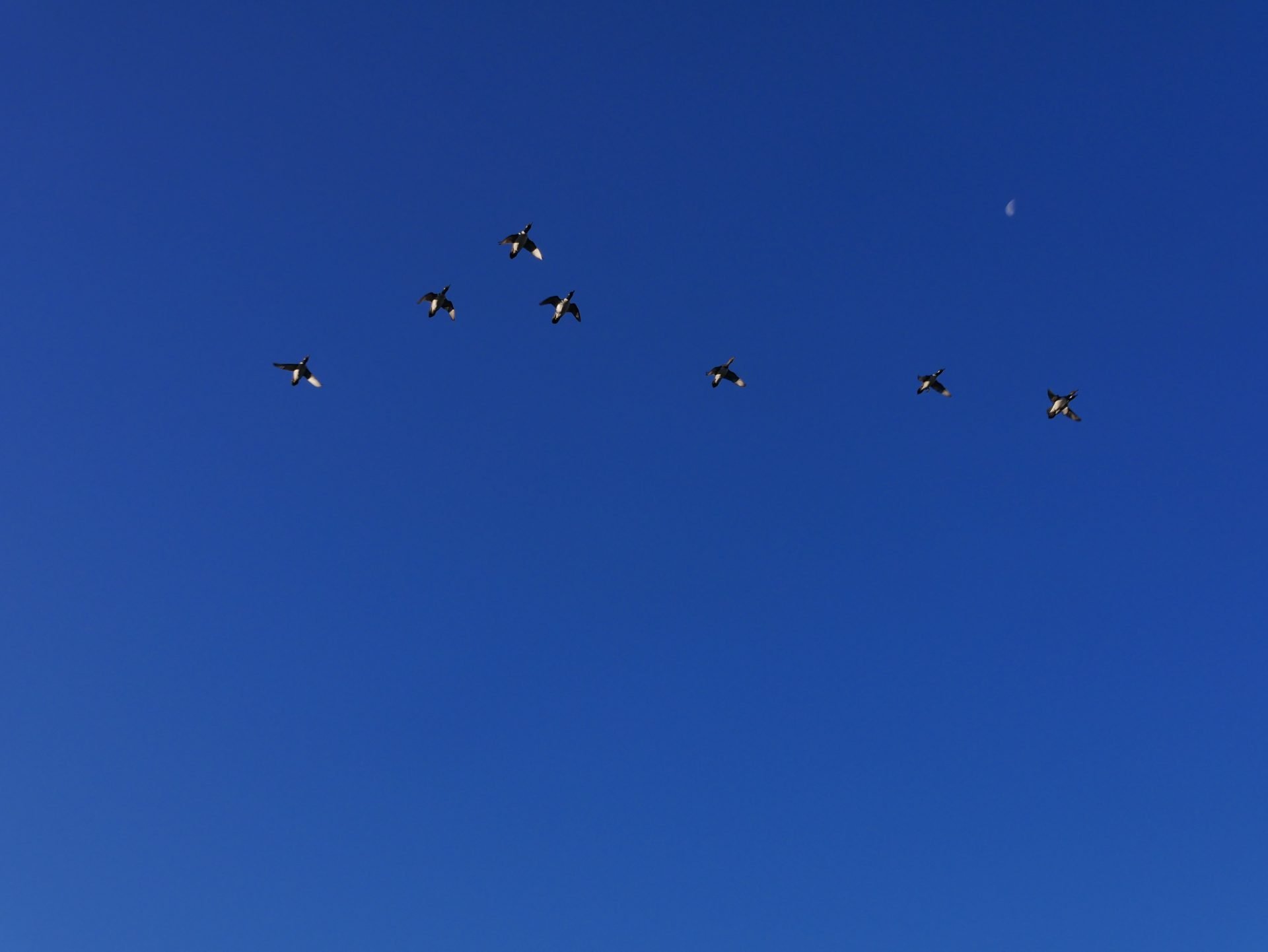
According to Beard, who is the museum’s resident ornithologist (bird expert), the Christmas bird count is a national tradition dating back more than 100 years. In the 19th century and earlier, he said, people would venture out on the day after Christmas and shoot as many creatures as they could. The Audubon Society suggested an alternative – why not just record the birds you see instead of shooting them? – and the Christmas bird count was born.
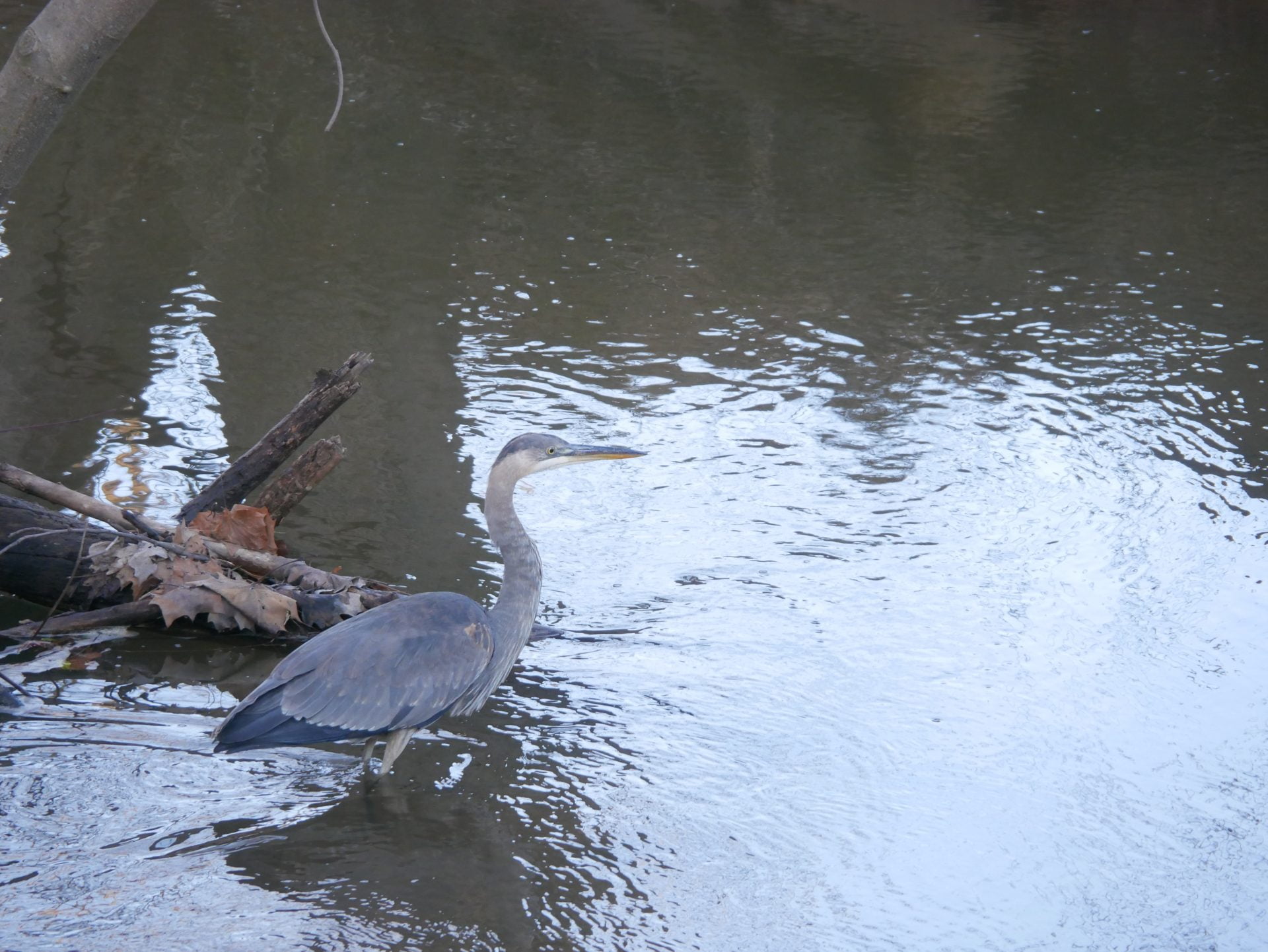
While the VMNH count is not an official Audubon count, Beard said, it is conducted around the same time and records are kept each year. These records provide an overview of the bird species that can be found in Southside Virginia during the winter.
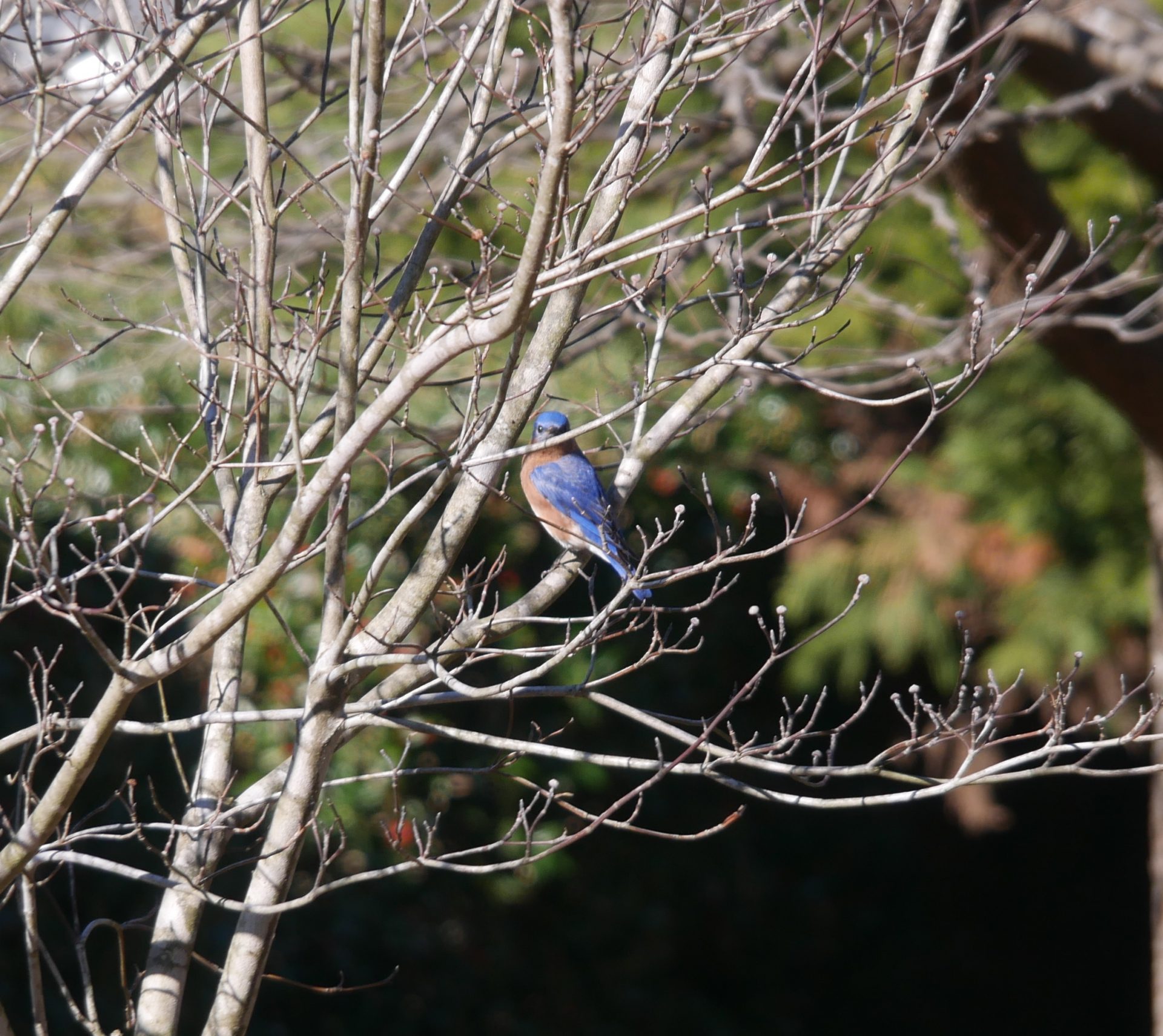
While there were official Audubon counts at VMNH in the ‘90s, Beard said, these counts eventually tapered off. Beard, Keiper and Ivanov resumed the Christmas bird counts in 2014, and while no count was conducted in 2015, the count has resumed every year since.
The group counted 53 species for 2019, and the next highest tally was in 2017 when 51 species were sighted. Heavy winds made 2018 the worst year with just 37 species spotted.
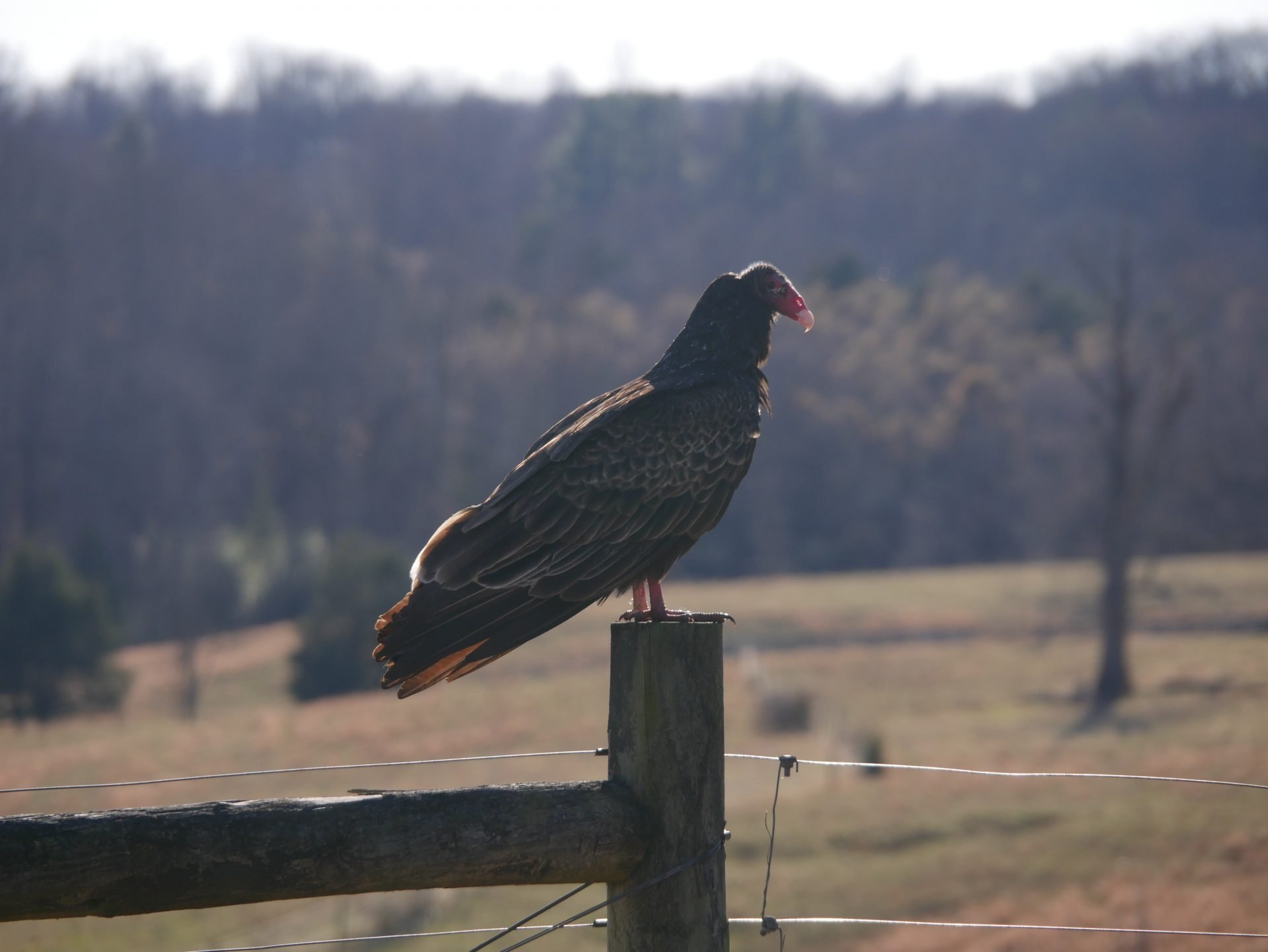
Beard said he attributes this year’s success to cooperative weather and more time spent out in the field. The count began at 7:30 a.m. and – with the exception of a lunch break in which a truly staggering amount of fried chicken was consumed – continued until 4 p.m. (the chickens were not included in the count).
“We got off to a really good start and kept at it,” Beard said. “Every place we went, it seemed like we picked up one or two new things. I think it was a combination of hard work and a little bit of luck.”
Several species were spotted that had not been seen in previous years, such as the wild turkey, the pine warbler and the hermit thrush.
The hermit thrush was spotted by the author of this piece, who successfully identified it as “a little somethin’ in that bush” before the experts completed the identification process. Vermont’s state bird, the hermit thrush is a medium-sized thrush with a particularly beautiful song.
“The hermit thrush is a really cool bird,” Beard said. “Not unexpected, but they can be kind of hard to find.”
Another highlight was multiple species of woodpecker, Beard said. The group spotted six species of woodpecker, including the red-bellied woodpecker, the downy woodpecker, the hairy woodpecker, the northern flicker, the yellow-bellied sapsucker, and the pileated woodpecker.
In fact, Beard said, there are only two species of Virginia woodpecker that were not spotted during the count: the red-headed woodpecker, which was spotted on the bird count two years ago in the Chatmoss area, and the red-cockaded woodpecker, which is an endangered species that cannot be found in the Martinsville/Henry County area.
“Red-cockaded woodpeckers aren’t going to be within 150 miles of here,” Beard said. They like heart-rotted longleaf pines, he added, and logging has significantly restricted their range over the years.
A number of finches, such as the purple finch, were notably absent this year, although Beard said this has been a bad year for finches nationwide. Many of the northern migratory species have lingered in the north for longer than usual because of a bumper crop of pine nuts in Canada this year.
Beard said that he hopes to make the count an official one next year, and possibly bring in some more birder friends to help out. With just one group, Beard said, it’s hard to cover the area thoroughly.
“I think on a really good day, if we had more than one party, we could easily top 60 species,” he said. “The first Christmas count we ever did, many years ago in the early ‘90s, we had 74 species. But we had half a dozen parties. There were people concentrating on small areas and tramping through the brush and the bushes and the fields. … But considering that we only had one party this year – of which only three of us had binoculars – I think 53 is a pretty good total.”




